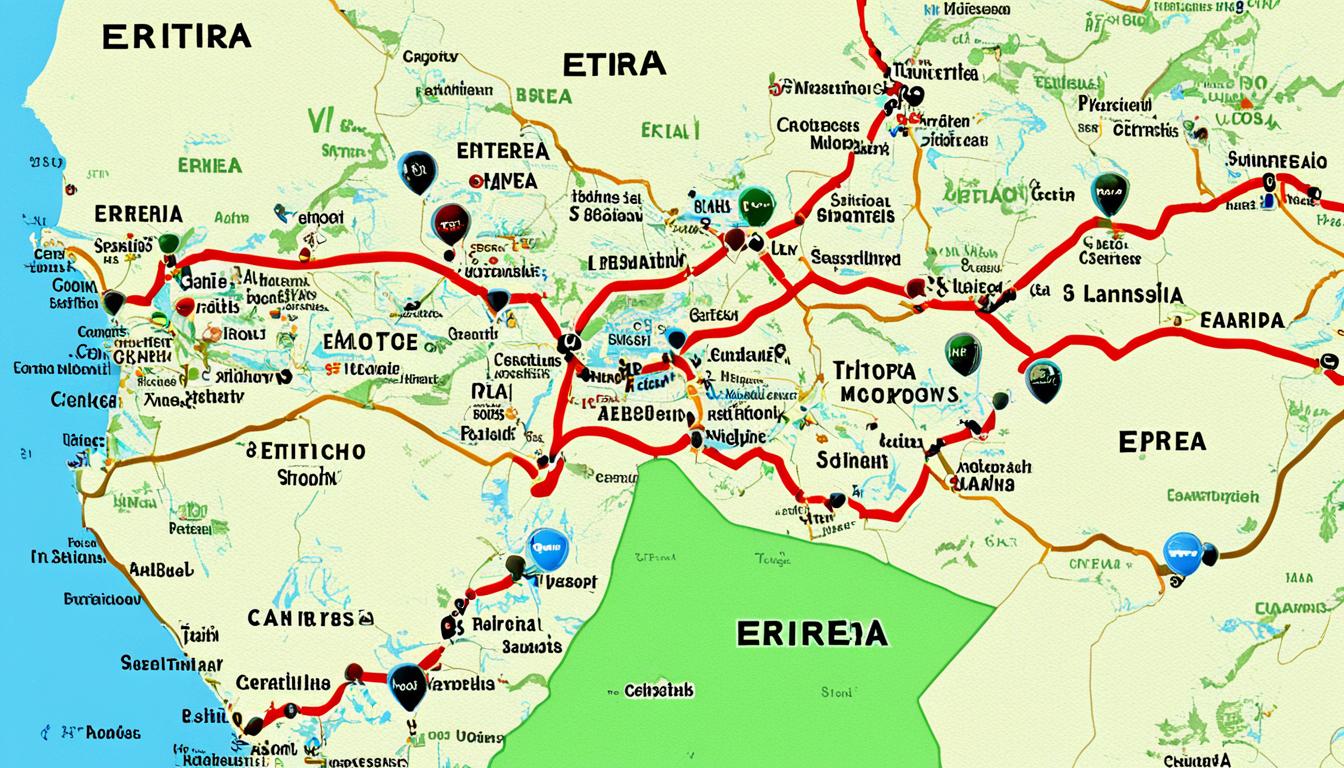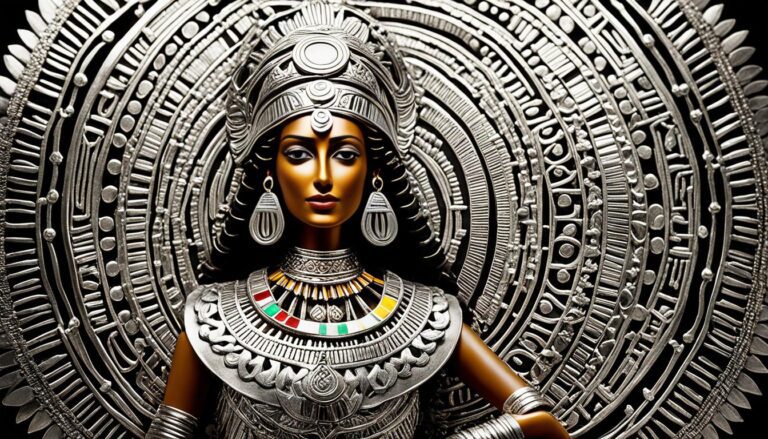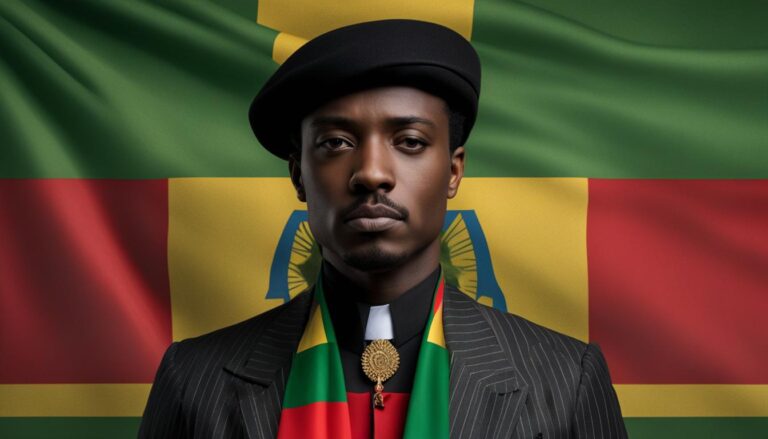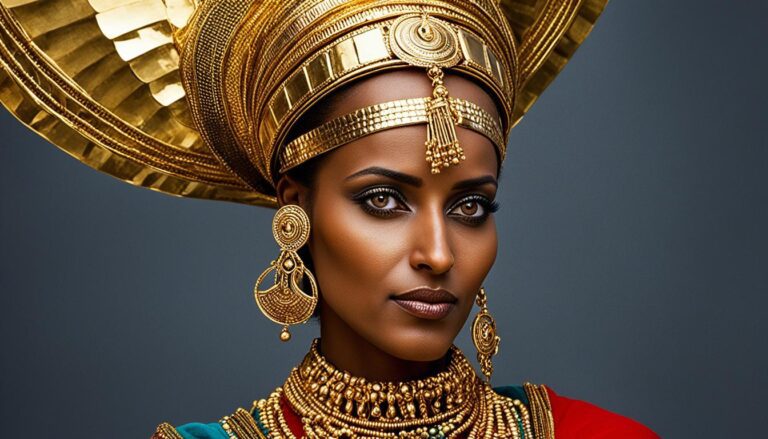Is Eritrea in Ethiopia?
Yes, it may come as a surprise, but these two countries in the Horn of Africa have a complex and often tumultuous relationship. Eritrea is a separate country located adjacent to Ethiopia, and despite their geographical proximity, they are distinct sovereign nations. The Eritrea-Ethiopia border has been a source of conflict and tension, with periods of war and ongoing disputes over territory. It’s a fascinating topic that highlights the complexities of these neighboring nations.
Key Takeaways
- Eritrea and Ethiopia share a border in the Horn of Africa.
- The border has been a source of conflict and tension between the two countries.
- Eritrea gained independence from Ethiopia in 1993 after a long war of independence.
- Efforts have been made to improve relations between Eritrea and Ethiopia in recent years.
- Eritrea has a distinct identity and culture, shaped by its history and diverse ethnic groups.
Eritrean-Ethiopian War and Border Conflict
The Eritrean-Ethiopian War, also known as the Badme War, was a major armed conflict that took place between Eritrea and Ethiopia from May 1998 to June 2000. The war originated from a dispute over the border town of Badme and its surrounding areas. Both countries claimed ownership of the territory, leading to a full-scale war.
The conflict resulted in significant casualties on both sides and caused widespread displacement of people. Thousands of lives were lost, and many families were torn apart. The intensity of the war and its impact on the region cannot be understated.
“The war officially ended with the signing of the Algiers Agreement in 2000, but tensions over the border have continued in the years since.”
| Casualties | Displacement | Duration |
|---|---|---|
| Thousands of lives lost | Widespread displacement of people | May 1998 – June 2000 |
The Eritrean-Ethiopian War had a profound impact on the people and the region as a whole. It brought immense suffering and devastation to both nations, leaving a lasting scar that has yet to fully heal.
The Algiers Agreement
The Algiers Agreement, signed in 2000, marked the official end of the Eritrean-Ethiopian War. It was mediated by the international community, with the United Nations playing a crucial role in facilitating the negotiations. The agreement outlined a framework for peace and called for the establishment of an independent commission to demarcate the disputed border.
Despite the signing of the Algiers Agreement, tensions between Eritrea and Ethiopia have persisted. The demarcation of the border has faced challenges, and there have been sporadic incidents along the border in the years since the war ended.
Historical Context of Eritrea and Ethiopia
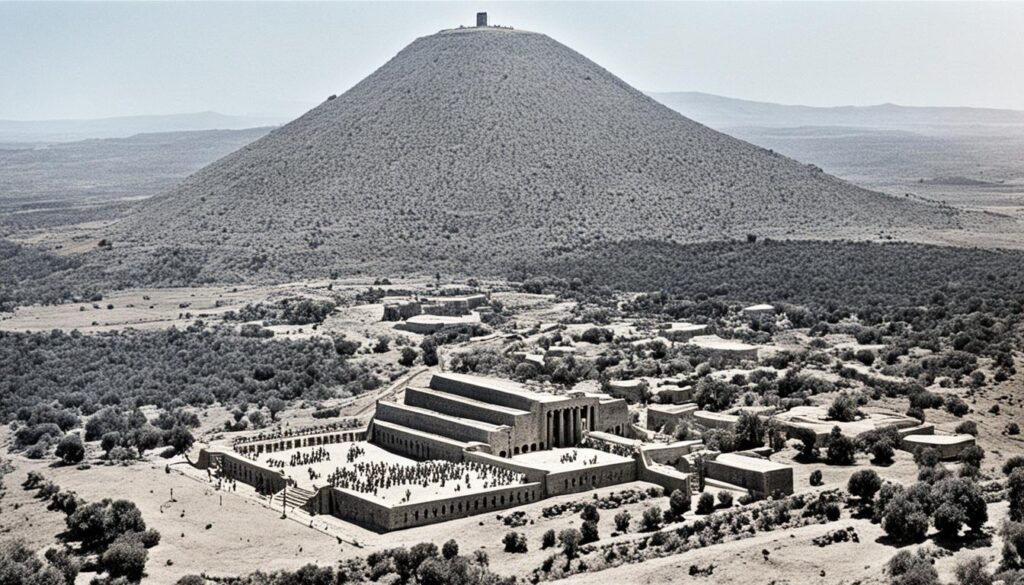
Eritrea and Ethiopia have a rich and intertwined history that spans centuries. Throughout much of history, Eritrea was under Ethiopian rule, functioning as a part of the Ethiopian empire. However, the dynamics between the two nations have been shaped by a long and arduous struggle for independence.
The origins of Eritrea and Ethiopia’s historical relationship can be traced back to ancient times when the Kingdom of Aksum, centered in present-day Ethiopia, extended its influence over the Red Sea coast, including parts of what is now Eritrea. Over the years, the territories and borders shifted, with various kingdoms and empires exerting control over the region.
An important milestone in the history of Eritrea and Ethiopia is the period of Italian colonization in the late 19th century. Italy established a colony in Eritrea, known as Italian Eritrea, which lasted until the end of World War II. During this time, Eritrea underwent significant changes under Italian rule, with infrastructural developments and the introduction of modern systems.
“The complex history of Eritrea and Ethiopia has shaped the current dynamics between the two nations.”
As World War II ended, the fate and political status of Eritrea became a topic of international discussions. The United Nations decided to federate Eritrea with Ethiopia in 1952, hoping to address the aspirations of both Eritrean independence advocates and Ethiopian integrationists. However, this decision eventually led to tensions and conflict.
In the early 1960s, demands for Eritrean independence grew stronger, fueled by the perceived marginalization of Eritrea within the Ethiopian federation. The Eritrean Liberation Front (ELF) and later the Eritrean People’s Liberation Front (EPLF) emerged as prominent independence movements, leading a protracted struggle against Ethiopian rule.
The Eritrean War for Independence, which lasted for three decades, finally resulted in Eritrea gaining independence from Ethiopia in 1993. The struggle for independence was marked by immense sacrifice and determination, with both Eritrean and Ethiopian populations experiencing the devastating consequences of armed conflict.
The Road to Independence: Key Events
| Year | Event |
|---|---|
| 1890 | Eritrea comes under Italian colonization, known as Italian Eritrea. |
| 1941 | Eritrea liberated from Italian rule by Ethiopian and Allied forces. |
| 1952 | Eritrea federated with Ethiopia under the United Nations General Assembly. |
| 1961 | Eritrean Liberation Front (ELF) forms to fight for independence. |
| 1970s | Eritrean People’s Liberation Front (EPLF) emerges as a prominent independence movement. |
| 1993 | Eritrea gains independence from Ethiopia. |
Since gaining independence, the relationship between Eritrea and Ethiopia has been characterized by periods of cooperation and conflict. The unresolved border disputes and lingering tensions over issues related to land and identity have continued to hamper the progress towards complete reconciliation.
It is essential to acknowledge and understand the historical context to appreciate the complexities and challenges of the present-day relationship between Eritrea and Ethiopia. The shared history, marked by periods of cooperation, colonization, struggle, and independence, has had a profound impact on the current dynamics between these neighboring nations.
Border Disputes and the Role of International Arbitration
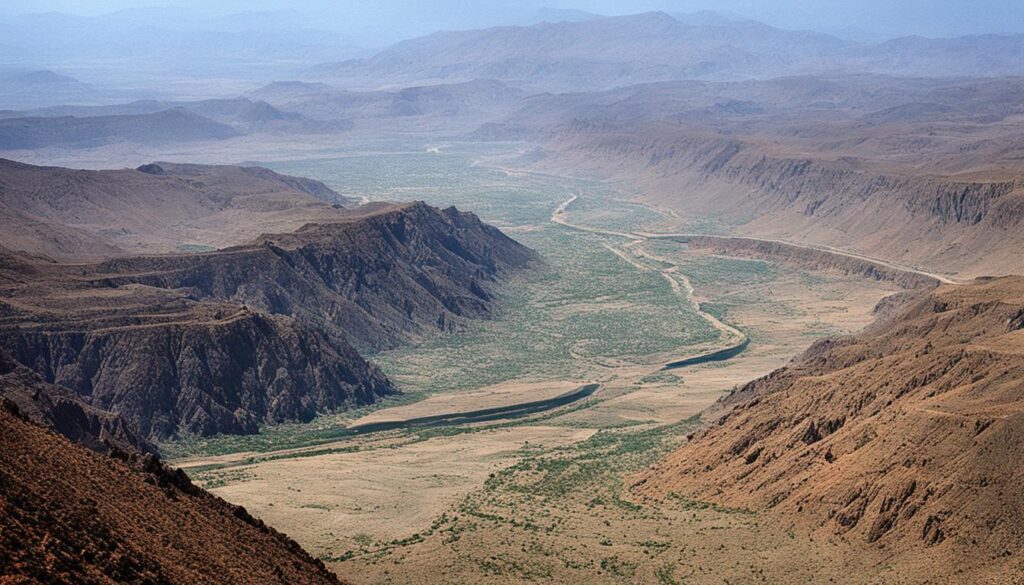
The border between Eritrea and Ethiopia has long been a contentious issue, leading to disputes and tensions between the two countries. Both nations have claimed ownership of certain territories along the border, resulting in conflicts and military confrontations. To resolve this ongoing border dispute, the Permanent Court of Arbitration played a crucial role in delimiting the border between Eritrea and Ethiopia.
The Permanent Court of Arbitration, an international tribunal established in The Hague, Netherlands, specializes in resolving disputes between states. In 2002, it issued a final and binding decision on the Eritrea-Ethiopia border dispute, delineating the boundaries and awarding most of the disputed territories to Eritrea.
| Eritrea | Ethiopia |
|---|---|
| Eritrean Territory | Ethiopian Territory |
| Afar Region | Tigray Region |
| Debub Region | Amhara Region |
| Gash-Barka Region | Somali Region |
| Maekel Region | Oromia Region |
| Semenawi Keyih Bahri Region | Benishangul-Gumuz Region |
Despite the court’s decision, implementing the border demarcation has faced challenges, and the dispute remains unresolved. The complex process of physically marking the border has encountered obstacles, hindering progress. Both countries have yet to fully accept and enforce the arbitration decision, prolonging the tensions and preventing a definitive resolution.
Efforts to reach a lasting solution and establish a peaceful border continue. However, the path to a comprehensive resolution remains uncertain, and the dispute’s impact on the relationship between Eritrea and Ethiopia persists.
Current Relations and Peace Efforts
In recent years, there have been significant efforts to improve relations between Eritrea and Ethiopia, ushering in a new era of peace and cooperation. In 2018, Ethiopian Prime Minister Abiy Ahmed and Eritrean President Isaias Afwerki made history by signing a peace treaty, officially ending the state of war between the two neighboring countries. This monumental event marked a turning point in Eritrea-Ethiopia relations and has paved the way for a comprehensive reconciliation process.
Since the signing of the peace agreement, remarkable progress has been made in restoring diplomatic ties and reestablishing familial bonds between Eritrea and Ethiopia. The reopening of borders has allowed families, friends, and communities divided by years of conflict to reunite and reconnect. The collaboration between the two nations has extended beyond symbolic gestures, resulting in the exchange of diplomatic missions, cultural delegations, and the resumption of trade and economic activities.
“Peace is a powerful foundation that can nurture progress, development, and prosperity for both Eritrea and Ethiopia. Together, we are building a future that is founded on peace, friendship, and mutual respect.”
Though significant strides have been made, the journey to lasting peace and resolution of the remaining border issues is not without its challenges. Implementing the peace agreement requires careful negotiation, the determination of shared interests, and the delicate balance of addressing historical grievances while forging a path towards a brighter future.
The commitment of the leaders of both countries, Prime Minister Abiy Ahmed and President Isaias Afwerki, has played a crucial role in the progress achieved thus far. Their visionary leadership and unwavering dedication to the principles of peace and reconciliation have inspired hope and optimism among their respective populations.
| Key Achievements | Challenges Ahead |
|---|---|
| Reopening of borders | Resolving remaining border issues |
| Exchange of diplomatic missions | Navigating historical grievances |
| Resumption of trade and economic ties | Ensuring lasting peace and stability |
The progress made in Eritrea-Ethiopia relations serves as a beacon of hope not only for the two nations but also for the entire region. Achieving sustainable peace and cooperation between Eritrea and Ethiopia sets a positive example for other countries facing similar challenges, demonstrating that diplomacy, dialogue, and shared aspirations can overcome even the most protracted conflicts.
Ethiopian Prime Minister Abiy Ahmed’s Nobel Peace Prize
The significance of the peace efforts between Eritrea and Ethiopia was recognized on the international stage when Ethiopian Prime Minister Abiy Ahmed was awarded the Nobel Peace Prize in 2019. The prestigious honor highlighted the transformative impact of his leadership and the hope he instilled in the region by initiating the peace process with Eritrea.
The Nobel Peace Prize not only celebrated the achievements of Prime Minister Abiy Ahmed but also underscored the importance of peaceful resolution to conflicts and the power of diplomacy in overcoming divisions. The recognition further bolstered the commitment of the international community to supporting the ongoing peace-building efforts in the region.
Eritrea’s Distinct Identity and Culture
Eritrea boasts a unique identity and rich cultural heritage that distinguishes it from its neighboring countries. The nation takes pride in its diverse ethnic groups, each contributing to the vibrant tapestry that defines Eritrean culture. With nine recognized ethnic groups, Eritrea celebrates its multicultural heritage through language, customs, and traditions that have been passed down for generations.
One of the largest ethnic groups in Eritrea is the Tigrinya, known for their unique language and significant influence on Eritrean society. The Tigre, Saho, and Afar ethnic groups also contribute to the country’s rich cultural mosaic, each bringing their distinct languages, customs, and traditions to Eritrean society.
Eritrea’s cultural heritage goes beyond its linguistic diversity. The nation embraces a multitude of artistic expressions, such as traditional music, dance, and cuisine. Eritrean music, characterized by rhythmic beats and melodic tunes, reflects the distinctive cultural influences from various ethnic groups. Traditional dances, often performed during festivals and social gatherings, showcase the vibrant colors and joyful movements that are intrinsic to Eritrean culture.
“Eritrean culture is a tapestry of languages, customs, and traditions, woven together to create a vibrant and diverse society.”
The culinary traditions of Eritrea are also a testament to its distinct culture. Eritrean cuisine is characterized by flavorful stews, spicy sauces, and injera, a sourdough flatbread made from fermented teff flour. Sharing a meal is an important aspect of Eritrean culture, reflecting the nation’s strong sense of community and togetherness.
The distinct identity of Eritrea is shaped by a combination of historical, geographical, and cultural factors. Eritrea’s long struggle for independence and its unique position in the Horn of Africa have contributed to a distinct national consciousness. The blending of diverse cultures and traditions has further reinforced Eritrea’s individuality, making it a truly remarkable nation.
| Ethnic Groups | Language | Traditions |
|---|---|---|
| Tigrinya | Tigrinya | Traditional dress, music, and dance |
| Tigre | Tigrinya | Traditional nomadic lifestyle |
| Saho | Saho | Unique spiritual beliefs and rituals |
| Afar | Afar | Traditional camel herding |
Geography and Natural Resources of Eritrea
Eritrea, located in the Horn of Africa, boasts a diverse geography that encompasses coastal plains along the Red Sea and highlands in the interior. The country’s unique topography gives rise to breathtaking landscapes, making it a destination for nature lovers and adventure seekers.
The Red Sea coast, with its stunning beaches and crystal-clear waters, serves as a gateway for trade and provides access to international shipping routes. This strategic location has played a significant role in Eritrea’s history and economic development.
Furthermore, Eritrea is rich in natural resources, including valuable minerals such as gold, copper, and zinc. These resources have the potential to fuel economic growth and development, contributing to the country’s prosperity.
To better understand Eritrea’s geography and its natural resources, the following table provides an overview:
| Geography | Natural Resources |
|---|---|
| Rugged landscapes and highlands | Gold |
| Coastal plains along the Red Sea | Copper |
| Strategic location on international shipping routes | Zinc |
Eritrea’s geographical features and abundance of natural resources make it an important player in the region, attracting attention from both local and international stakeholders.
Conclusion
The relationship between Eritrea and Ethiopia has been complex, marked by a mixture of cooperation, conflict, and border disputes. In 1993, Eritrea achieved independence from Ethiopia after a lengthy war of independence, establishing itself as a sovereign nation. However, tensions and unresolved issues between the two countries persist.
Recent years have seen efforts to improve relations and foster peace between Eritrea and Ethiopia. The peace treaty signed in 2018 by Ethiopian Prime Minister Abiy Ahmed and Eritrean President Isaias Afwerki marked a significant turning point. Border crossings have reopened, diplomatic missions have been exchanged, and trade and economic ties have been resumed.
Eritrea holds a unique identity and culture shaped by its rich history, diverse ethnic groups, and distinctive geographical features. The country’s geography encompasses coastal plains along the Red Sea and captivating highlands in the interior. Additionally, Eritrea possesses valuable natural resources, including minerals like gold, copper, and zinc. Its strategic location along the Red Sea coast contributes to its significance as a key player in East Africa.

